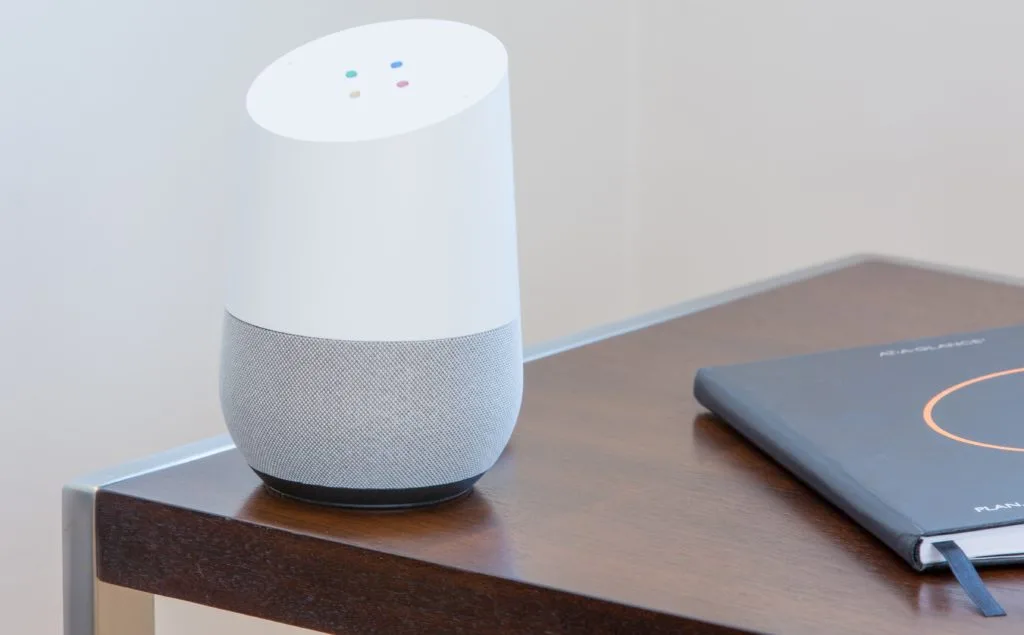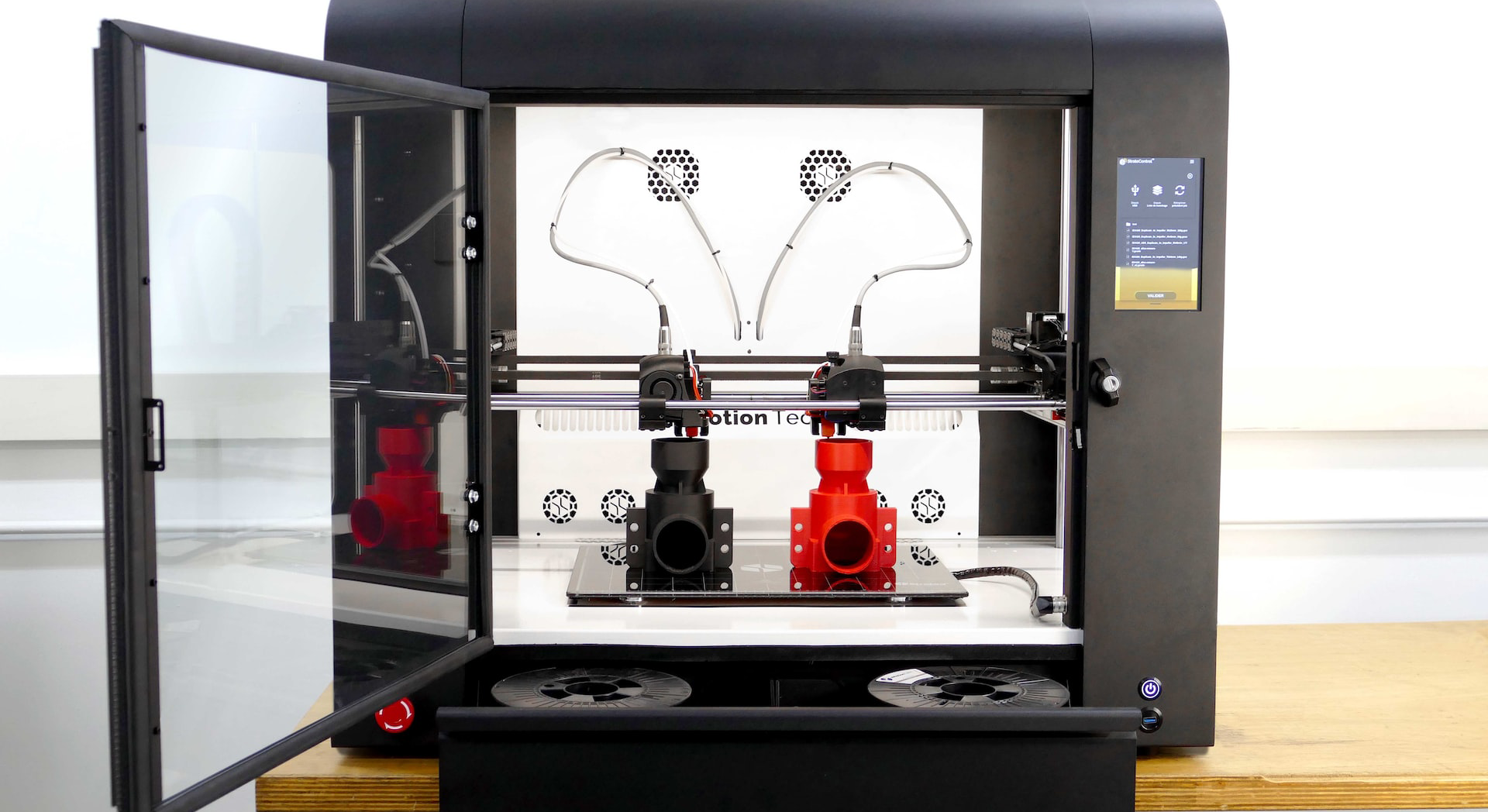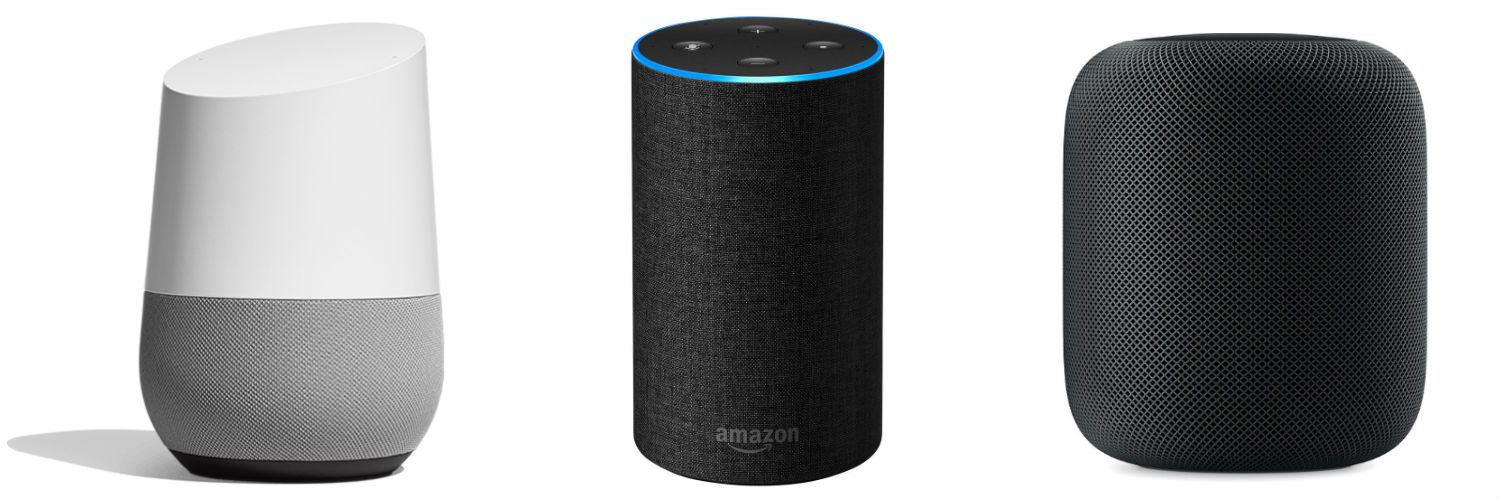Schlagwort: smart home
-

MKR Keylock is an open-source IoT keypad for your front door
Reading Time: 2 minutesThe age-old combination of physical locks and keys, although reliable, also comes with a few drawbacks, such as when you lose the key or you want to share access with someone else remotely. Davide Gomba has recognized this and built the MKR Keylock project as a way to address some of these shortcomings. Starting with…
-

Some of the biggest ways home automation is changing in 2023
Reading Time: 8 minutesHome automation is exploding in popularity. In 2021, the average household had 25 connected devices, a massive increase on previous years, driven in no small part by the COVID-19 pandemic and lockdowns. And in 2023, the number of smart homes worldwide looks set to hit 195.8 million. We’re living through a fascinating…
-

Why using 3D printing in your smart home is so useful
Reading Time: 3 minutes3D printing, the stuff of science fiction only a few short years ago, is becoming more widely available all the time. Buying your own 3D printer to keep in your home is now fairly accessible, with entry-level printers available for just a few hundred dollars. But why would you buy one? It’s…
-

Host the best BBQs ever with home automation
Reading Time: 3 minutesEverybody loves a good BBQ. Getting your family and friends together on a long summer day and evening, cooking delicious food and having a great time as smoke drifts through the air — it’s the perfect weekend activity. BBQs can also be stressful, however. Anyone who has ever tried to host one…
-

Streamline your morning routine with home automation
Reading Time: 4 minutesLet’s face it — mornings can be tough. Even the earliest risers and the most enthusiastic morning larks sometimes struggle to drag themselves out of bed and attack the day. The good news is that automation can always save things. By using home automation wisely, you can save time in the morning,…
-

Transform the way you organize your home with Arduino
Reading Time: 4 minutesOne of the wonderful things about living in the modern world is having full cupboards, pantries, and wardrobes. But this privilege also comes with downsides — managing all the various items we own can be a headache and can lead to confusion and stress. The good news is that storage doesn’t have…
-

Connect your space heater to the Arduino Cloud and control it via Alexa
Reading Time: 2 minutesArduino Team — October 13th, 2021 Being able to design your own custom smart home device is a great way to both have fun experimenting with various hardware/software and to escape the walled IoT device ecosystems that so many users find themselves trapped within. One maker who goes by mrdesha came up with…
-

Create your own home office work status light with Raspberry Pi
Reading Time: 2 minutesIf you’re working from home and you have children, you’re probably finding it all pretty demanding at the moment. Spreadsheets and multiple tabs and concentrating aren’t nearly so manageable without the dedicated workspace you have at the office and with, instead, small people vying relentlessly for your attention. [youtube https://www.youtube.com/watch?v=Mh4f9AYRCZY] And that’s…
-

Disable ‘always-listening’ on your smart home assistant
Reading Time: 3 minutesProject Alias, the newest creation of Amsterdam-based maker Bjørn Karmann, allows you to rename your home assistant and, more importantly, paralyse the device’s always-on listening function — for better security. Project Alias Alias is a teachable “parasite” that is designed to give users more control over their smart assistants, both when it…
-

Neues Smart Heizen Paket von devolo
Reading Time: 2 minutesDas neue devolo Smart Home Paket Das neue Smart Heizen Paket von devolo besteht aus einer Home Control-Zentrale, zwei Heizkörperthermostaten und einem Raumthermostat. Die Zentrale ist der Mittelpunkt von Home Control. Über sie werden sämtliche Aktionen im Smart Home gesteuert. Die beiden smarten Heizkörperthermostate verfügen über einen batteriebetriebenen Motor und ersetzen die…









